Take the slow train south from Bangkok to fall back in love with Thailand
For a proper adventure, ditch the domestic flights and ride the rails to Thailand’s most uncrowded, charming and beautiful corners, says Alex Robinson

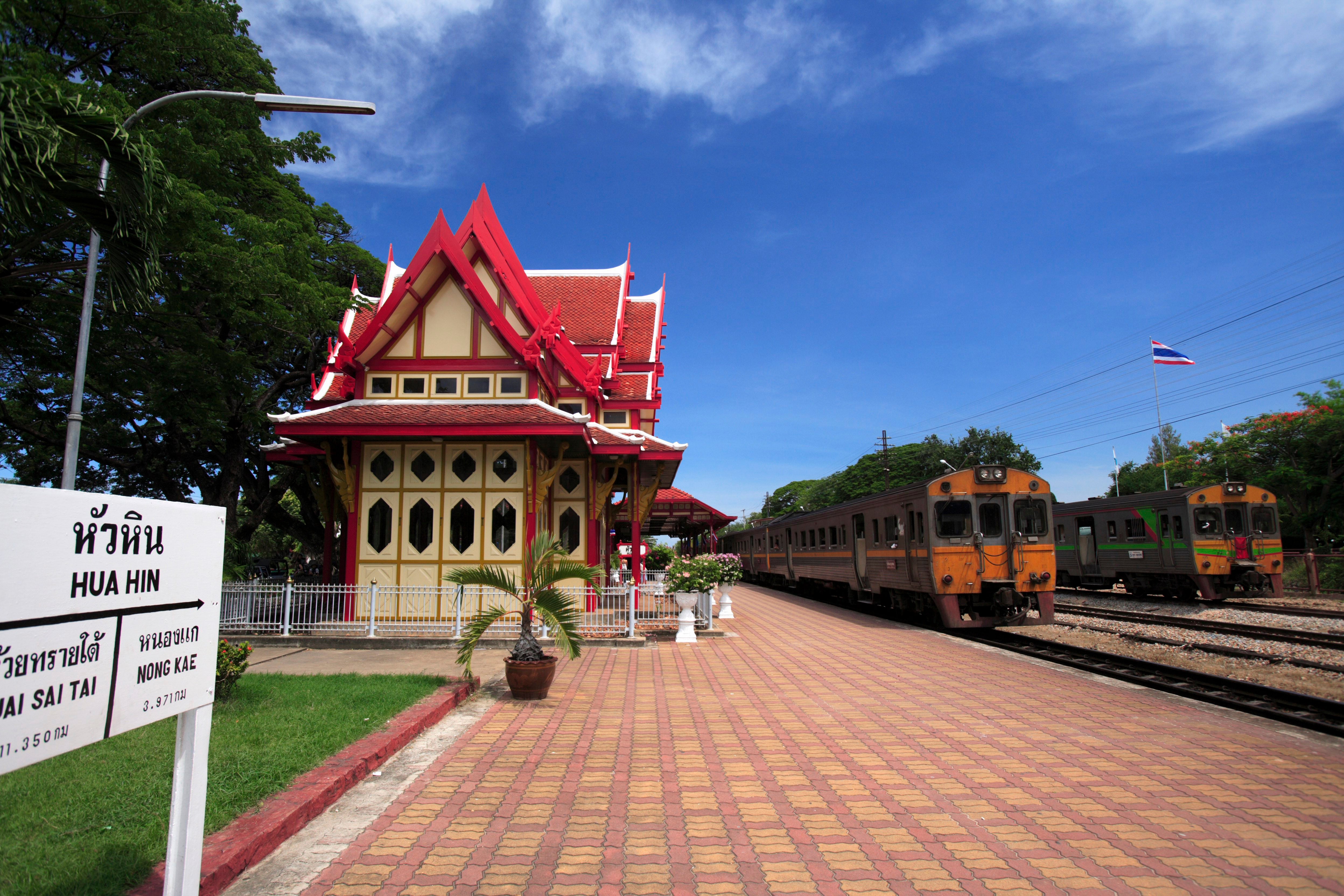
Through the smoke I could see that the dead were rising. Zombies shuffled towards me in zig-zag lurches. Behind them – massive, glittering and carpeted in marigolds, were floats. Sitting high on one was a woman, dressed like a royal Thai princess in luxurious pha biang silk shawls, her head topped with a glittering mirror-mosaic crown. She smiled and waved at the crowds.
One of the zombies – a giant, brandishing a sword and wearing Ray Bans, caught sight of me.
“Farang!’ he shouted, grinning broadly and nudging his friend, “Farang! Welcome to Nakhon!”
Foreigners – or farangs, as they are locally known – aren’t usually a curiosity in Thailand. But they do tend to stick to the country’s main travel hubs, whizzing between Bangkok, Chiang Mai and the islands on domestic flights. On every previous trip to the country, I’d done the same. But things had changed. Sitting in my hotel in Bangkok after a gas-guzzling 12-hour flight from London, my conscience troubled me. I wanted to go south to Koh Samui, but without pumping yet more carbon into the air. Was there another way?
I asked the concierge.
“Sure!” she said. “I always take the train. Stop off along the way, see the real Thailand. You’ll love it.”
She sat down with me and helped plan a route, promising Buddha caves, lavish palaces, waterfalls in steamy rainforests...
“And you’re lucky,” she smiled, “You will be in time for the Festival of the Tenth Lunar Month, in Nakhon Si Thammarat. It’s the best in southern Thailand.”
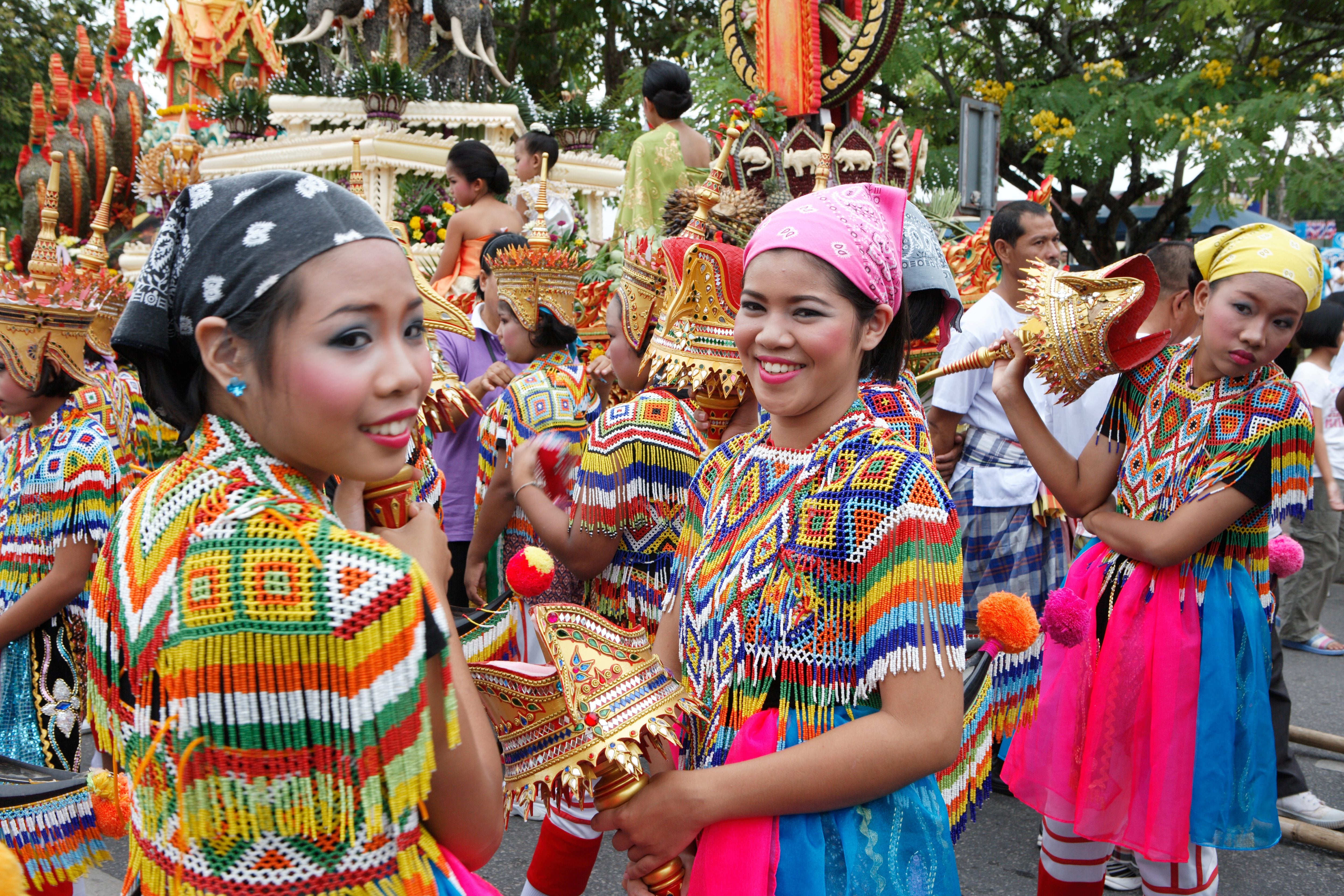
Like most seasoned visitors to the country, I’d never heard of Nakhon. Yet here I was witnessing a kind of Southeast Asian Day of the Dead: the souls of relatives rise in the “month of the tenth moon” – for us neophytes, that’s sometime in September and October. This being Thailand, they visit their families for a meal and everyone who feeds them gets Buddha merit. It was fabulous: locals bearing trays of food, laughing zombies feasting on sticky rice – and I was the only foreigner in town. Monks were stopping to take selfies with me.
Booking the train had been easy, with tickets costing a fraction of the air fare. My neat and comfy first-class cabin came with a bonsai dining table and a huge window. As we slipped out of Bangkok’s main station, Hua Lamphong, passing skyscrapers and early morning commuter traffic, an efficient guard brought me a breakfast tray of fried eggs and rice and some jasmine tea. Compared with a flight, this was luxury: I could stretch my legs from the word go, walk around, watch the world drift by.
Our first stop was Phetchaburi, a couple of hours south of the capital. And while there had been dozens of backpackers getting on the train, I was the only foreigner to hop off there. Had I made a mistake? My Bangkok concierge had made Phetchaburi sound fascinating. I pulled up her list of day trip must-sees, and grabbed a cab to Phra Nakhon Khiri hill.
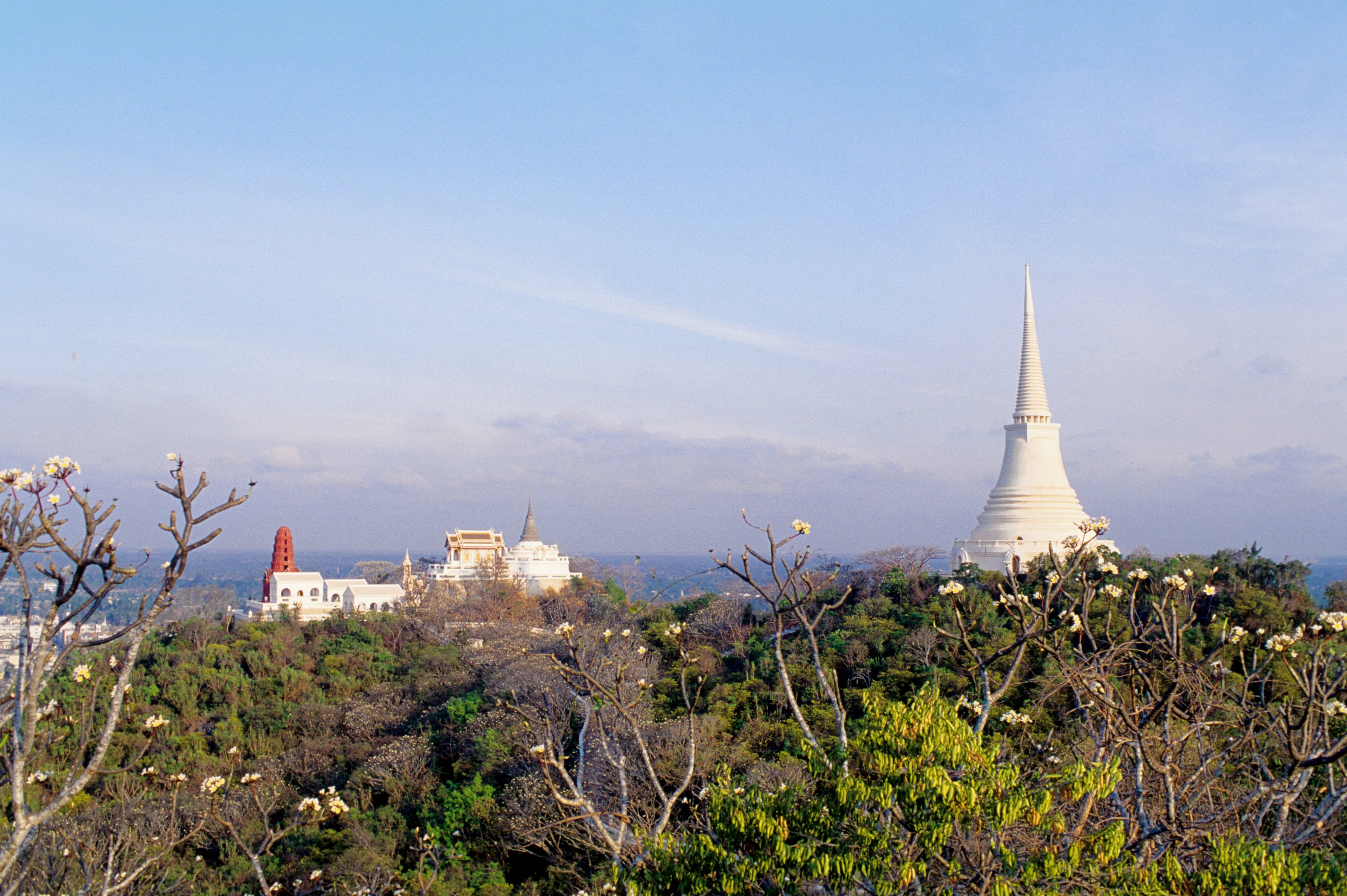
We pootled through back streets until the hill came into view – a mossy green ridge of forest hovering over the town. Topped with shimmering buildings, it looked like something from a Disney animator’s sketchpad. I paid the driver, clambered up the pedestrian path to the top and found myself surrounded by 19th-century palaces and wats (temples). They were built by Thailand’s greatest kings – Mongkut and his son Chulalongkorn, who as a boy had been educated by English governess Anna Leonowens of The King and I fame.
The Hollywood film adaptation of that book is banned in Thailand for implying that Mongkut and Chulalongkorn were morally corrected by Anna. In reality they were Southeast Asia’s canniest politicians – resisting French invasion, flattering the British, modernising their country. Mongkut adopted European judicial and military practices. Chulalongkorn travelled to London to court allies and engineers, who built the southern railway. While all the Southeast Asian countries around Thailand fell to European powers, these two kings won recognition for standing firm in an independent Siam.
I could see their vision embodied in the buildings, with their fusion of Thai and European architectural styles: steeply-gabled roofs and glistening chedis sitting alongside Brighton rock-pink Neoclassical gazebos and Victorian lawned gardens.
That afternoon, I ticked more items off my Phetchaburi list: Wat Mahathat, with its swirling, white stucco reliefs of fang-toothed, battling spirits and its ranks of gleaming Buddhas; and the dark, bat-filled Khao Luang cave, nestled in monkey-filled forest. Like Mongkut and Chulalongkorn before me, I descended slippery steps into the gloom to kneel at the feet of ancient effigies, the chamber lit with a single shaft of sunlight breaking through matted vines.
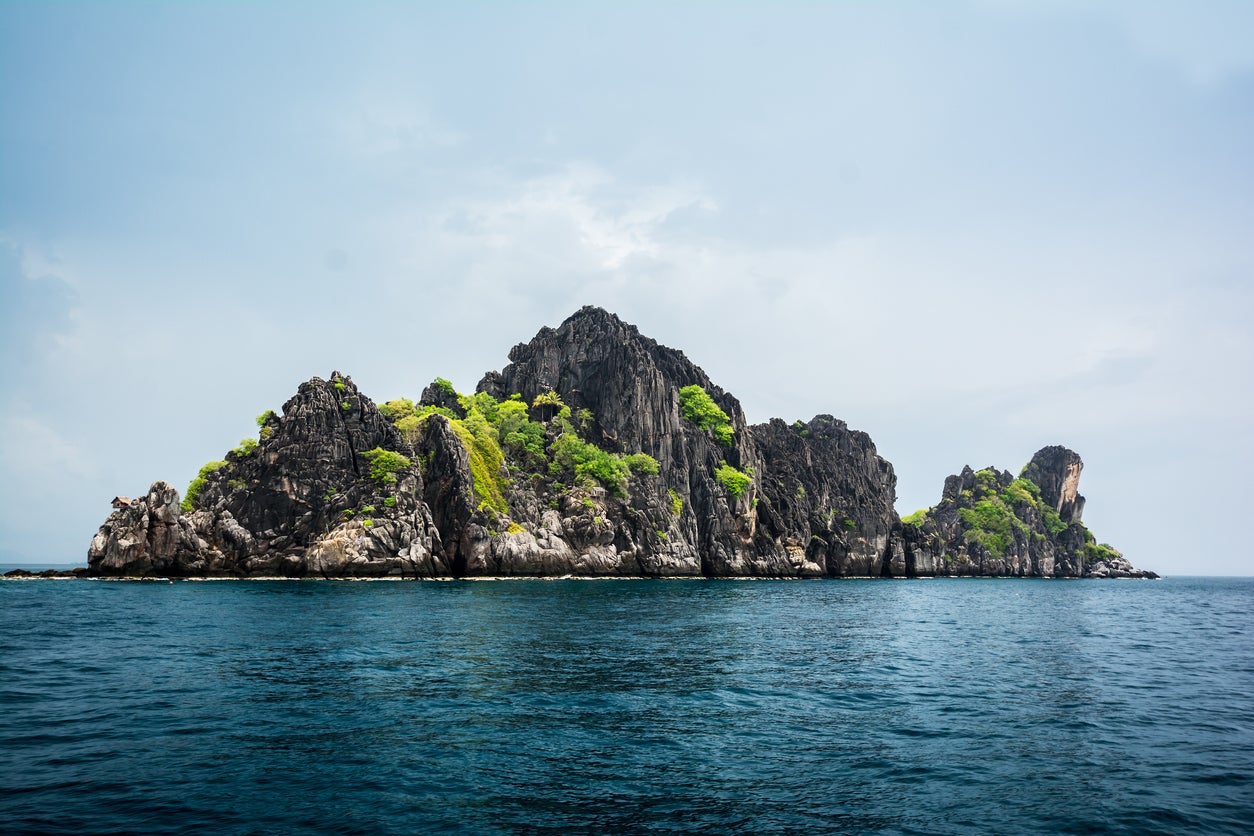
Back on the train that evening, I enjoyed a supper of tangy tom kha soup before the guard briskly folded down my couchette and wrapped it in a crisp, white sheet and blankets. I fell asleep to the meditative cla-clunk of the bogies, and woke as we drifted into Nakhon Si Thammarat just after dawn.
With two days to kill before the festival kicked off, I split them evenly between exploring the city and hiking nearby Khao Luang National Park. A local guide to both, Tukta, was easy to find on Takemetour.com – Thailand’s equivalent of Viator. She was waiting on the platform when I rolled into town and had no trouble finding me: I was the only farang. She was delighted, she said, that I’d chosen to visit her city.
“Nakhon is the Chiang Mai of the south,” she promised as we whizzed through the streets in a tuk tuk. She showed me markets where local artisans fashioned beautiful dark leather shadow-puppets, and the ancient Wat Mahathat temple - where monks circled a courtyard filled with brilliant white, bell-shaped stupas and prayed in cloistered corridors. We went to the open air theatre in front of Nakhon’s medieval brick walls, and watched elegant dancers re-enact the story of the Ramayana to the music of gongs and bells. We shared a blistering hot gang tai pla curry, salty with fish innards and packed with chillis, cooked over coals at the Khao Gaeng Curry shop opposite my hotel. It all cost pennies.
The next morning Tukta turned up on an electric scooter and whisked me through paddy fields to the tiny village of Kiriwong, in the foothills of the Khao Luang mountains. We hiked up a rushing mountain river to a series of beautiful waterfalls that dropped into clear pools set in pristine forest.
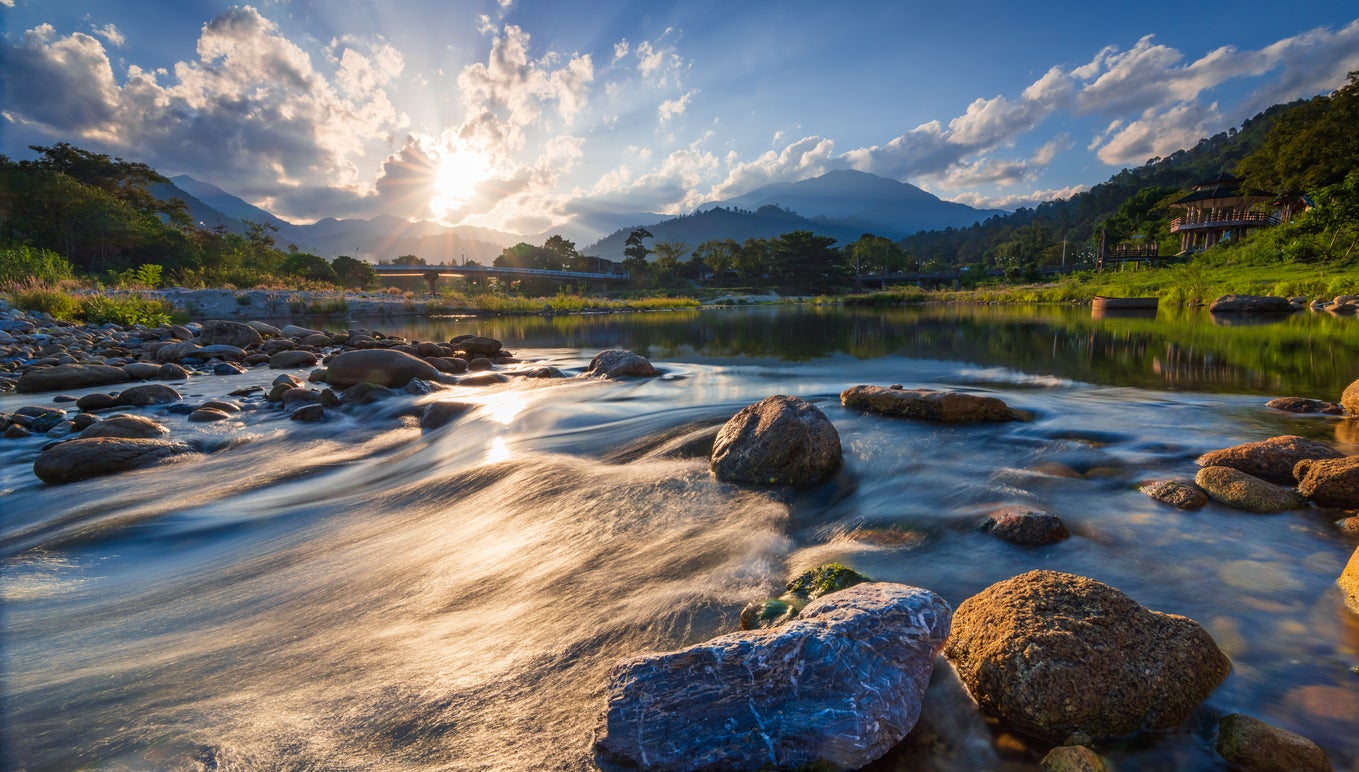
Mid-trail, Tukta stopped suddenly and pressed her finger to her lips.
“Shhh!” she whispered, pointing up into the trees.
I couldn’t see anything but leaves and vines. Then there was movement: a downy arm, a face, framed with a fringe of white and alert, beady eyes looking intently at me.
“A gibbon,” said Tukta.
And she whooped. The gibbon looked startled and whooped back, in a rising crescendo, before rustling off into the trees.
Nursing a light hangover after my zombie festival experience, I snoozed as the train rumbled back north towards Surat Thani: the gateway to the Gulf Coast islands. This time the station was busy with foreigners – almost all of them arrivals on the night train from Bangkok. Touts herded us into minibuses, which sped off to Donsak port and the boat to Koh Samui, my final destination.
Fringed with pearly beaches and speckled with all manner of hotels – from luxurious five-stars to simple thatched beach shacks, Samui is one of Thailand’s major draws, with little to do but swim, sunbathe and curl-up in a hammock under the palms, paperback in hand. Which is why so many fly here.
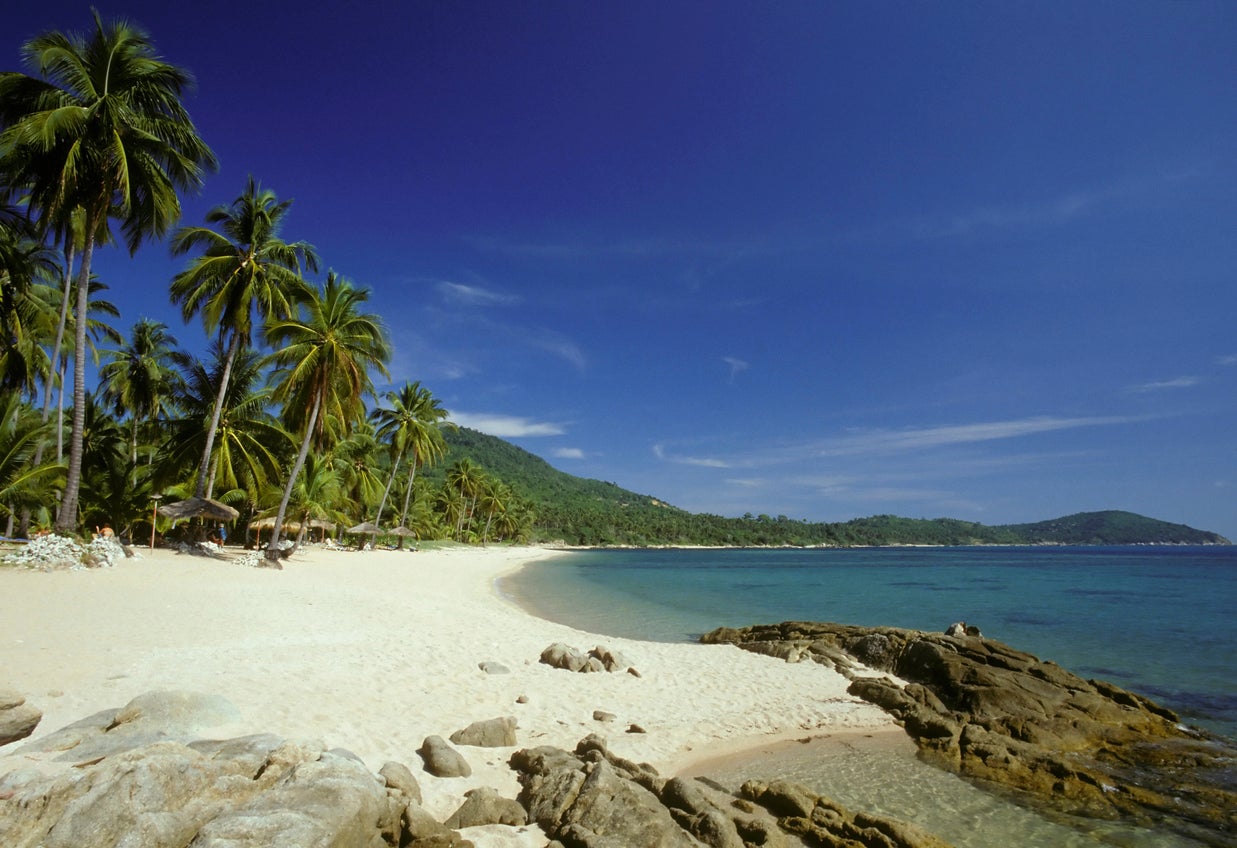
I settled on Chaweng Beach – a talc-white, powdery strip backed with hotels, restaurants and beer bars. As I’d saved on my travel costs by skipping the flight fare and spending a night on the train, I decided to splurge this end and checked-in to the Anantara Lawana, where I could dive right off my private sundeck into the pool. For four days, I barely moved.
Suddenly, mojito in hand, sun sinking over the ocean, bare feet on my sun lounger, I faced a dilemma. Would I stay another two nights and catch a flight back to Bangkok? Or take the train? I pulled up the concierge’s checklist on my phone and thought long and hard about it for about a second.
“The Robinson Crusoe islets in Chumphon”, I read, “The Royal Palace at Hua Hin. The 130m-high chedi at Nakhon Pathom...”
I couldn’t fly to those. But I could hop on the first ferry back to the mainland, and take the train. Mentally, I was already on board.
Travel essentials
From 1 November 2021, Thailand is reopening to fully vaccinated foreign nationals from 46 countries, including the UK. Double jabbed visitors arriving in the country must present a negative PCR test result from the previous 72 hours on arrival, then take another test on arrival at the airport, awaiting a negative result before being able to travel freely without quarantine. You must also have a Thailand Pass QR code, which can be applied for from 1 November, and proof of appropriate travel insurance worth $50,000.
At present, most flights from London to Bangkok are indirect, with stops in European cities (Finnair via Helsinki, Swiss via Zurich, KLM via Amsterdam) or the Middle East (Emirates via Dubai, Qatar via Doha, Etihad via Abu Dhabi). Check transit rules and restrictions in each country before you book. Tui is expected to resume direct flights to Thailand in December; with Thai Airways, Eva Air and BA following in January.






Join our commenting forum
Join thought-provoking conversations, follow other Independent readers and see their replies
Comments